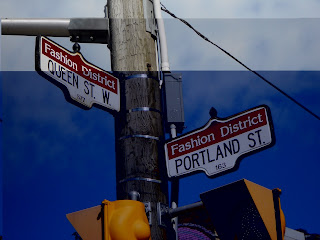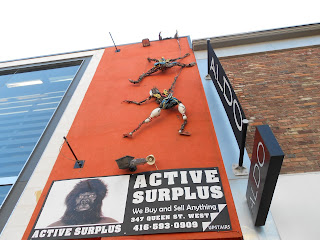
1. Google doc is a sharing venue.
2. The contacts are 7.
3. The time varies from 2 min to check an e-mail to an hour when editing or adding to an existing document that is being shared between my group members. I also use it as a substitute for a Word document if I do not have Word program at the time.
4. I upload photos that will be used as examples in assignments. I use it mostly for assignments as text document. The content were basically summarizing and debating about the effectiveness of advertising agencies or advertisements such as Amnesty International.

1. YouTube is a share avenue.
2. I have no followers or subscribers.
3. I use it mainly for listening and accessing songs and music videos quickly and that are recent. Also to browse for song lyrics.
4. I use it mainly for finding new songs to add my playlists so that I can find songs easily and it can be saved. I do not have to keep remembering it constantly.

1. Ebuddy messenger is a discuss venue.
2. 73 contacts.
3. I spend 1-2 hours chatting with friends to even staying online so that my friends can contact me or leave messages even if I am away from the computer.
4. Chat, messaging, to discussing and asking questions about assignments to my peers. I also use it to keep in contact with friends and family that are not near.

1.Facebook is a social network venue.
2. 112 contacts.
3. The time varies. It can be 5 min to check my message, to update status, to changing profile pic, to scanning what my friends are up to, or reading my horoscope. Then it can be to 20 min to hour(s) with chat conversations to writing messages. This includes uploading pictures to even commenting and looking at pictures.
4. The content includes photos to comments. It includes likes. It includes to confirming or not to events. It also includes to commenting and giving my opinion on videos or photos that I am tagged in. It includes photos of trips to family events, friends, and other occasions.
1.eBlogger is a publish venue.
2. I have no followers.
3. I spend hour(s) to upload photos and creating content for my blog post.
4. The content includes photos to screenshots. I have definitions with websites, art works, and photos as examples. It also serves a diary of my thought process, ideas, concepts, and steps that I took from initial of the project to the end of it. I also have design pieces such as logo image to layout of website. It also has colour guides to font styles. It has product shots. It has places that are familiar and unfamiliar. It has my experiences, opinions, and what skills and theories that I have learned and are deconstructing. It also has storylines to mindmaps to even lessons that summarize what we learn in class such as principles and techniques of design. It has feminist and avant-garde theories and my reflection and discourse.
5. I declined invitations to be part of networks of friends of my friends on Windows Live Messenger. I do not like anyone to have access to my network when I do not know them.
I declined to be a member of certain organizations that I can be joined to such as buying tickets from TicketMaster. It is more junk mail that I will not look at and will not be interested in and will waste my time.
6. I use YouTube the most because it is amusing to see people to do funny, stupid, random, or normal things that are everyday life. I have access to the latest songs within a short time and convert it to download it. I can find the song more likely on YouTube because someone will have uploaded it versus other downloading programs such as FrostWire that are not popular, especially with LimeWire down. I can watch episodes of tv shows that I missed. I can learn dance moves to even dance styles.
7. Social media plays a prominent role in my day to day life because it helps me to socialize with my friends from my home and keep in contact with them especially when schedules are hectic and different. It helps me to feel connected to people which I know I need and do not like being alone for a long time. It makes me feel disconnected from the world. It has a use to me such as YouTube because I love music and it is my music source. It helps to share and collaborate with other people such as on a blog and can be way to inspire and as a jump point for an idea. It leaves a digital footprint.

















































































































